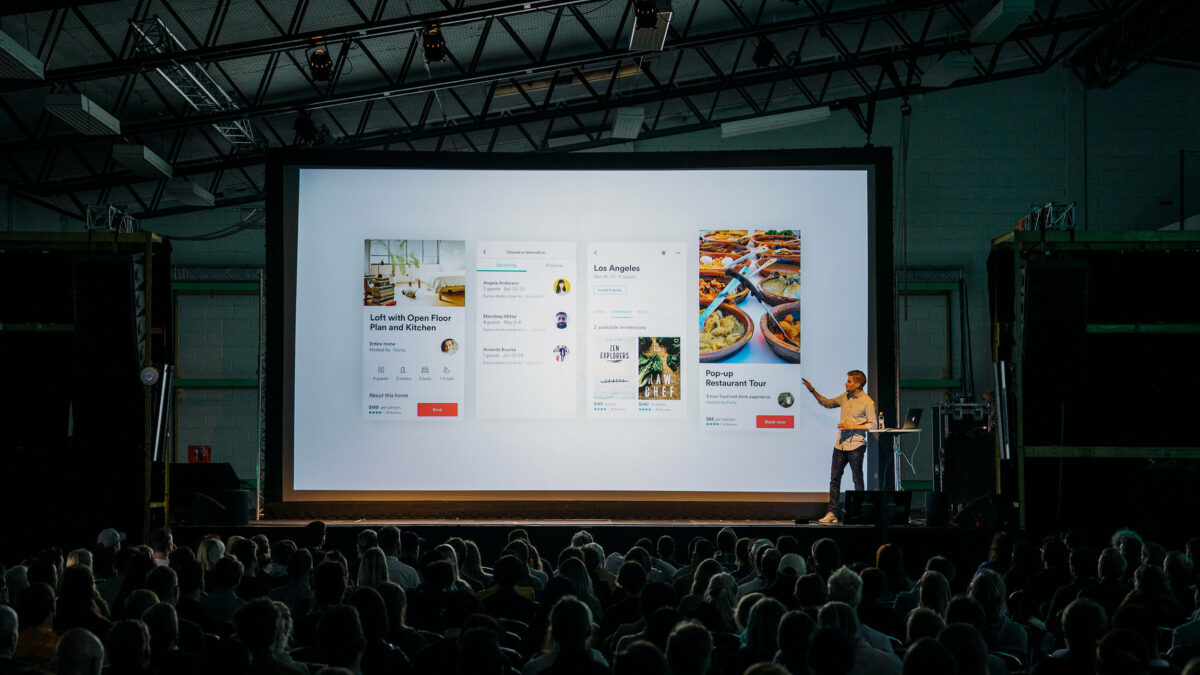
Along with a number of other IIA faculty, I recently participated in the 2014 IIA Analytics Symposium in Orlando. The event was notable for one primary reason: no, not its location in Downtown Orlando, far from the Disney and Universal crowds. That was interesting, but this is more so: analytics have gotten big and strategic in many organizations. At least in the large, sophisticated companies whose representatives attended the Symposium, analytical capabilities have the attention of senior management. Here are a few semi-random examples from the many analytical leaders and practitioners who attended the session:
A heavy equipment manufacturer is making a big bet on sensors in its products, and is trying to determine what are the best uses of analytics on the sensor data to provide value to customers;
A large bank has established a new organization to develop new products and services based on data, and to make analytical capabilities more broadly available throughout the bank;
A highly-ranked healthcare provider is spending enough money on improving its data and analytics infrastructure that it plans to describe the initiative in some detail to its board of directors;
At a home appliance manufacturer I visited about a year ago, no one seemed very interested in analytics; now a centralized analytics group has been established, and at the Symposium we discussed what the company could do with analytics from Internet-connected appliances;
An insurance company is using experimental design approaches to test most if not all of the company’s new products before they go into wide release.
These seem like signs that analytics have become one of the most important arrows in any business’s quiver. If analytics and analytical people are intimately involved in new products and services, new strategies, new organizational structures, and new programs discussed by boards of directors, they have arguably achieved escape velocity.
There was another indication of analytical success at the Symposium. I led one session—there were a variety of them throughout the day, and the emphasis was on participation, not presentation—on how to get beyond reporting and descriptive analytics in organizations. I came prepared with a long list of things organizations could do to ease demand for reporting, and increase the demand for predictive and prescriptive analytics.
Fortunately I hadn’t gone too far into this list when I realized it was the wrong one. Instead of encouraging demand, I needed to be talking with these companies about limiting it, or at least getting more supply. Many people said their problem was an inability to meet the demand for “true” analytics. While several attendees said they still struggled with self-service reporting and other approaches to offloading that type of demand, their primary focus was how to prioritize projects and meet the needs of perfectly worthwhile business initiatives with an analytical component.
I left the meeting thinking that while we’ve mastered some of the “startup” challenges with analytics, we really have to deliver now. I got the feeling that the attendees got a lot of value from the discussions, which were directly addressed at their challenges and opportunities. Unlike so many meetings, the “experts” and the “faculty” didn’t dominate the dialogue at all. There are a lot of ways in which organizations can get value from IIA, but the Symposium is among those that I enjoy the most—especially when I am surprised by success!